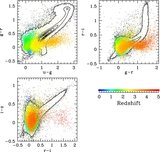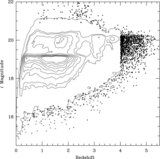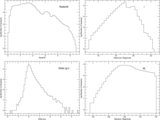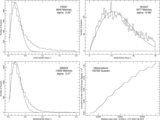Image Details
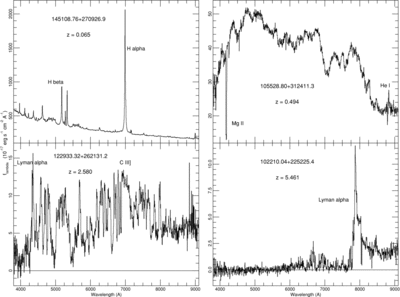
Caption: Figure 3.
SDSS spectra of four quasars that have been obtained since the DR5 catalog. The spectral resolution of the data ranges from 1800 to 2100. The data have been rebinned to 5 Å pixel −1 for display purposes. The panels display (clockwise, starting from upper left) (1) the lowest redshift quasar in the catalog (previously known: PG 1448+273; Schmidt & Green 1983), (2) a quasar with unusually strong Fe emission (previously known: 2MASS J10552880+3124112; Barkhouse & Hall 2001), (3) the highest redshift quasar in the catalog (note the nearly complete absorption below the Lyα emission line and the narrow C iv absorption just longward of the Lyα emission line), and (4) a striking example of an extreme BAL quasar.
Copyright and Terms & Conditions
© 2010. The American Astronomical Society. All rights reserved.



